Car Industry Picks Up Steam, Runs Out Of Parts

Today, none of the 50,000 workers employed at Volkswagen’s Wolfsburg plant have to punch in at work. The factory is waiting for parts. You may think that is their good or tough luck.
Not so, says Dan Sharkey, a Detroit lawyer who counts many auto suppliers as his clients. The shortages affect us all. Parts shortages are “”beyond a trend; it’s an epidemic,” Sharkey told Automotive News [sub]. These shortages are stopping assembly lines around the world, just when demand is beginning to pick up.
Here is a current snapshot, taken by Automotive News:
- Chrysler Group expects to idle its Windsor, Ontario, minivan plant for at least a week because of missing parts.
- Ford is reopening the Detroit plant that builds the F-series pickup after a weeklong shutdown. Reason: Missing parts for V-6 engines.
- On Friday, Ford closed its Kentucky Truck plant because of a parts shortage.
From Germany, Bloomberg reports that BMW and Daimler are “left with little wiggle room,” although no plant closures are planned –yet.
Wherever you turn, the situation is the same: Carmageddon has wiped out many suppliers. Surviving “suppliers who cut capacity to the bone during the downturn either can’t ramp up quickly enough or are gun-shy about adding equipment and workers amid the fragile recovery,” Automotive News says.
Electronic parts are especially tight. For many electronic component manufacturers, the autoparts industry is a small part of their business, said Lars Holmqvist, CEO of CLEPA, the European auto supplier association. “When the crisis came in 2008-09, they didn’t believe in the auto industry any more and closed some plants,” Holmqvist said. “They are not keen to jump back in.”
Suppliers who are keen to jump back in face another shortage: Money. “The banks are still very cold” says Holmqvist. In a way, the industry is becoming a victim of its own hype.
“We have started the decline of the combustion engine and that will kill companies,” Holmqvist told Bloomberg. The banks don’t want to invest into what is perceived as aging technologies.
Would you have expected that you have to wait in line for your F-150, because the headlines say that electric cars are the future?

Bertel Schmitt comes back to journalism after taking a 35 year break in advertising and marketing. He ran and owned advertising agencies in Duesseldorf, Germany, and New York City. Volkswagen A.G. was Bertel's most important corporate account. Schmitt's advertising and marketing career touched many corners of the industry with a special focus on automotive products and services. Since 2004, he lives in Japan and China with his wife <a href="http://www.tomokoandbertel.com"> Tomoko </a>. Bertel Schmitt is a founding board member of the <a href="http://www.offshoresuperseries.com"> Offshore Super Series </a>, an American offshore powerboat racing organization. He is co-owner of the racing team Typhoon.
More by Bertel Schmitt
Latest Car Reviews
Read moreLatest Product Reviews
Read moreRecent Comments
- Carson D Just don't be the whistleblower who reports on the falsification of safety data. That's a deadly profession.
- Carson D I'd have responded sooner, but my computer locked up and I had to reboot it.
- Todd In Canada Mazda has a 3 year bumper to bumper & 5 year unlimited mileage drivetrain warranty. Mazdas are a DIY dream of high school auto mechanics 101 easy to work on reliable simplicity. IMO the Mazda is way better looking.
- Tane94 Blue Mini, love Minis because it's total custom ordering and the S has the BMW turbo engine.
- AZFelix What could possibly go wrong with putting your life in the robotic hands of precision crafted and expertly programmed machinery?



















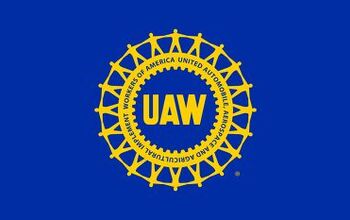
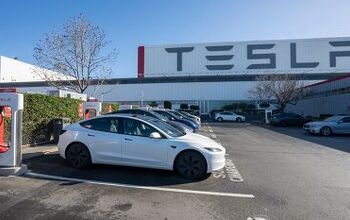
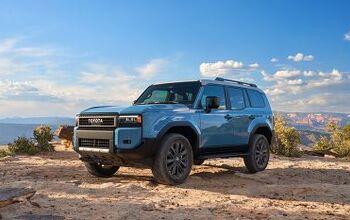
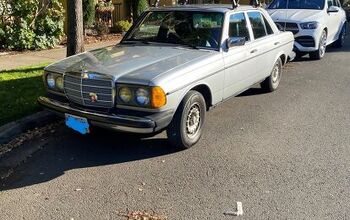
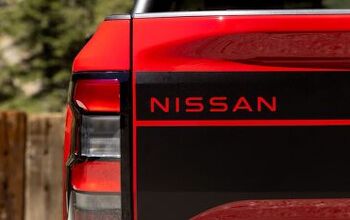
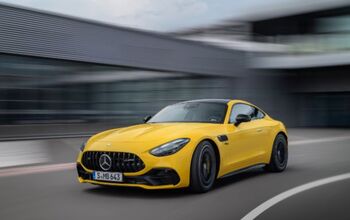

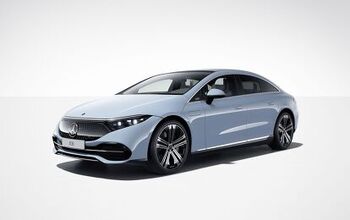
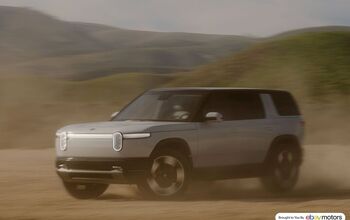
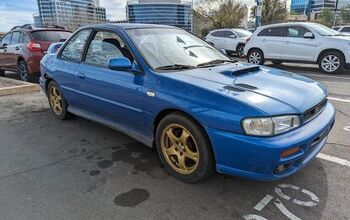
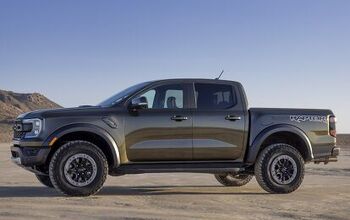
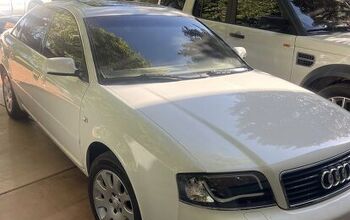

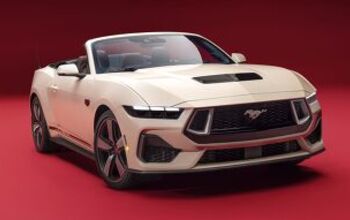

Comments
Join the conversation
"This is the downside to Just In Time manufacturing. JIT is only as efficient as its supply chain." I'd blame this on poor/lack of forecasting and/or plannning. With JIT you need the basics in place fot it to work(BOM & Inventory Accuracy for example). In otherwords you need to learn to walk before you can run.
Not to mention that the weather all over has been quite a pip this winter. I don't see this as being a long term problem, just an aggravation.